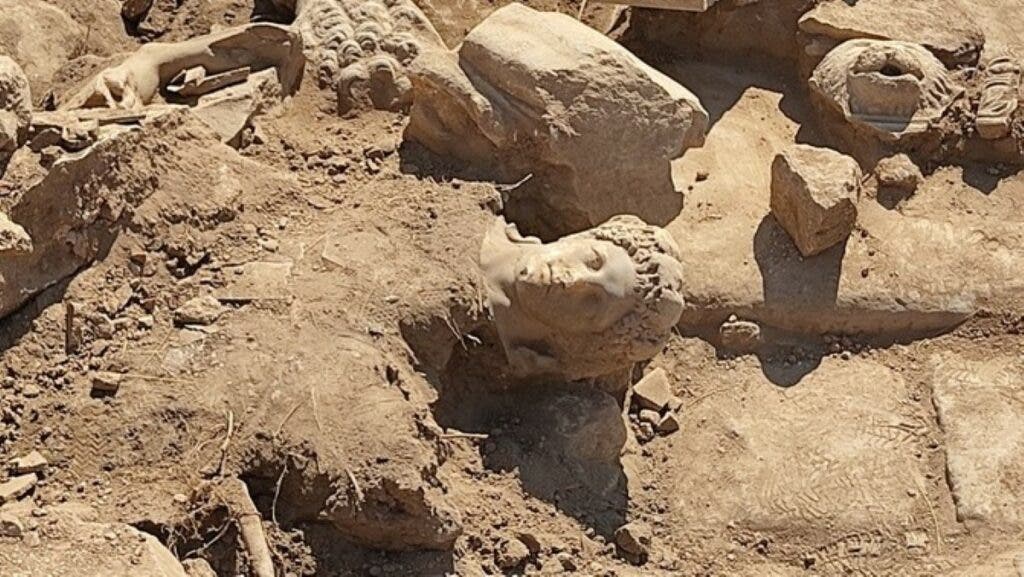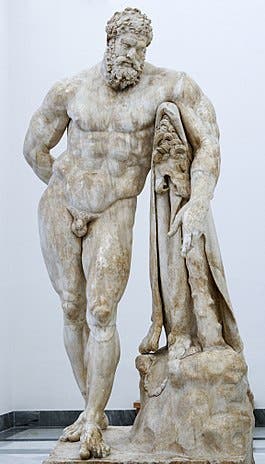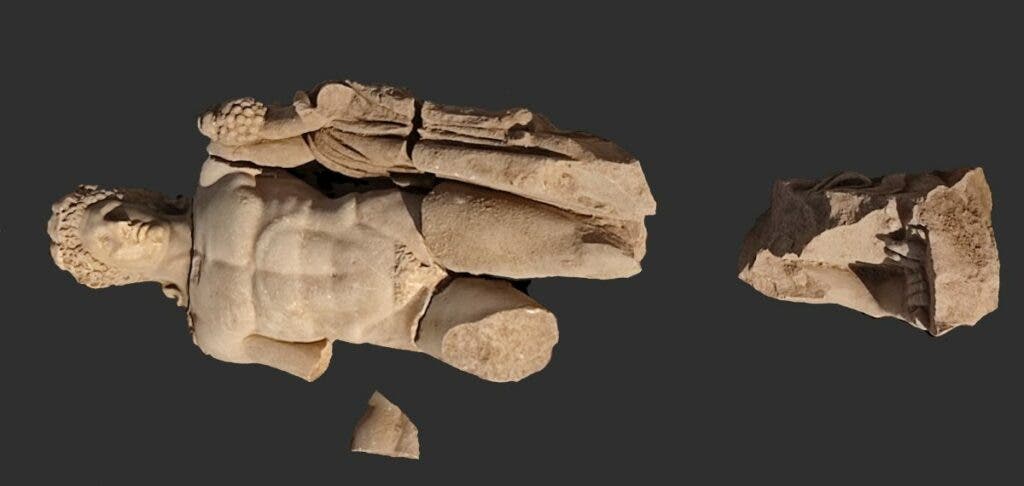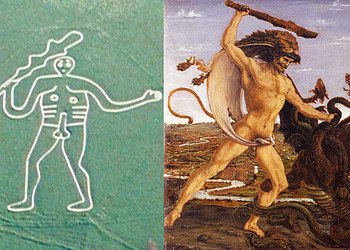Archaeologists were excavating the 8th-century ruins of public buildings in the ancient Greek city of Philippi when they came across something unexpected and much older than they bargained for. Among the rubble, the researchers unexpectedly unearthed a 2,000-year-old Roman statue depicting the famous hero Hercules. The well-preserved artifact is in excellent condition and has already been digitized in 3D.

A god among men
Hercules, as he is known to the Romans, or Heracles as the ancient Greeks called him, was the son of Zeus and Alcmene, granddaughter of Perseus. His life was filled with adventure and action from his birth, with his first exploit starting when he was an infant. Baby Hercules strangled two serpents that Hera, Zeus’ jealous wife, had sent to kill him in his cradle.
A demi-god blessed with superhuman strength, Hercules often embodies the ultimate symbol of masculine power and bravery in Roman-Greek mythos, but he was also very popular in more recent times, starting with the Renaissance. So astonishing were his feats that he earned a place among the Olympian gods after his death. Even today we use the word ‘herculean’ to describe something that requires great strength or effort.
However, he’s most famous for fulfilling “the 12 labors” — a series of grueling and “impossible” tasks imposed on Hercules by King Eurystheus, including the slaying of the Nemean lion, whose hide he thereafter wore, the fetching up from the underworld of the triple-headed dog Cerberus, and the bringing back of the golden apples kept at the world’s end by the Hesperides. As far as ancient heroes go, none is quite as famous as Hercules.
Hercules’ symbols include his wooden club, lion skin, and of course, his muscles. He’s often depicted holding his club or using it in an attacking pose. The hero has been depicted in countless statues, paintings, and mosaics, employed as a symbol of determination and perseverance, courage, and of course strength and great skill.

Sculptors, in particular, love to depict Hercules in their works. One of the most famous such works is the Farnese Hercules, a 3rd-century AD enlarged copy of a version of a much older Greek original that was probably made in the 4th-century BC by the greek sculptor Lysippos. This early copy is housed at the National Archaeology Museum in Naples, Italy, but similar copies adorn countless museums and city plazas across Europe.
The newly found statue of Hercules in the ancient Greek city of Philippi looks very similar. It was discovered by archaeologists at the Aristotle University of Thessaloniki led by professor Natalia Poulou, assistant professor Anastasios Tantsis, and professor emeritus Aristotle Menzo, along with a team of 28 students.

The large Roman statue was found at an archaeological site in the town’s square and is supposed to be 2,000 years old. It depicts the legendary hero holding a club and a lion pelt, along with a wreath of vine leaves. It’s a typical triumphant stance that is quite common in classical art.

According to the archaeologists, the statue was probably used to decorate an important building in Philippi, perhaps a public fountain, hundreds of years after the statue itself was sculpted. This shows that Classical and Roman-era statues were used to decorate buildings and public spaces until the Late Byzantine period in important Byzantine empire cities. Excavations are set to continue next year.



